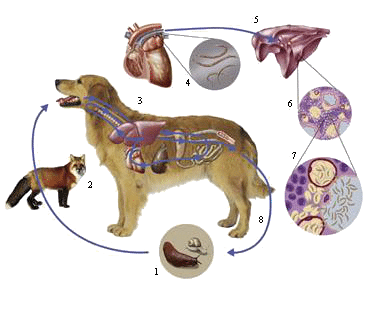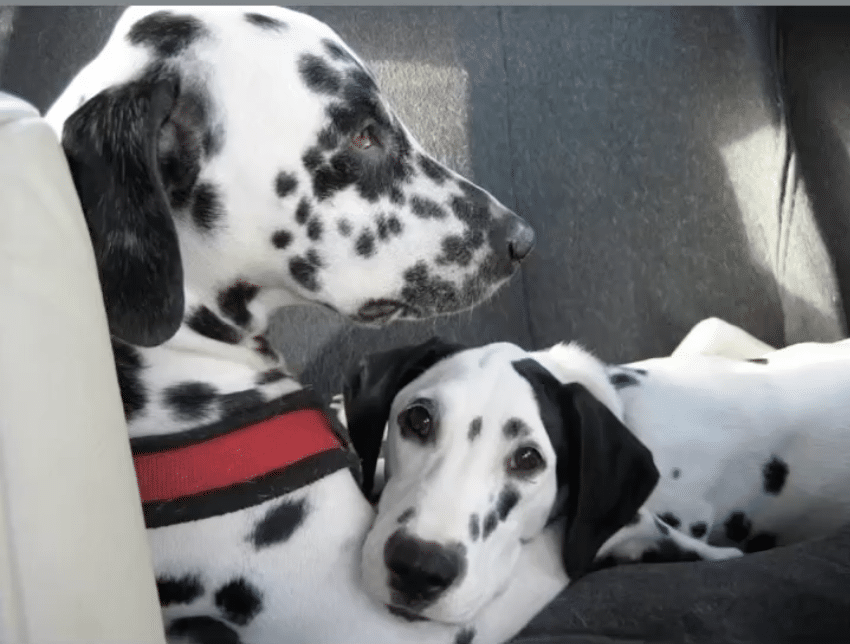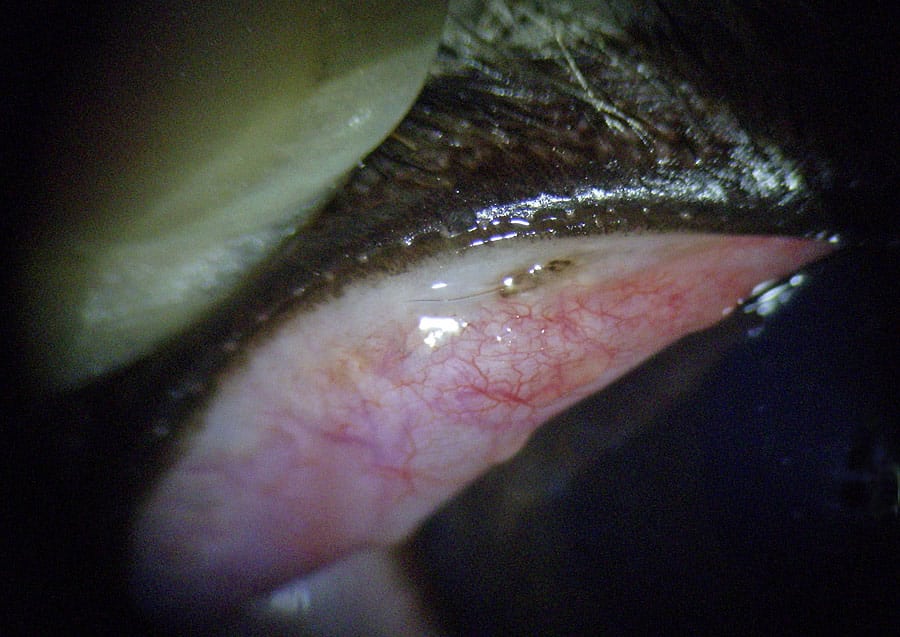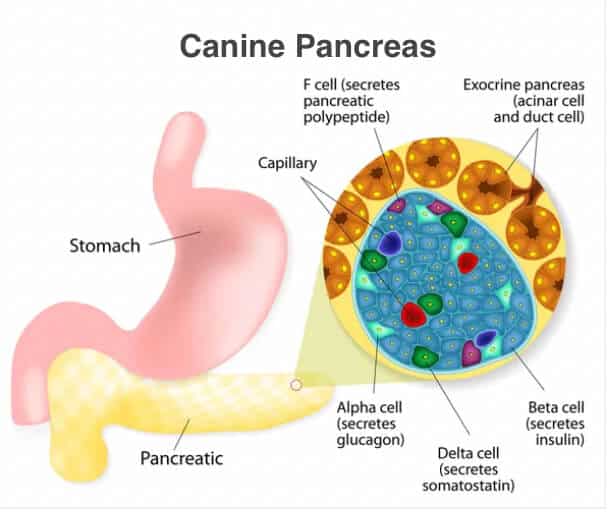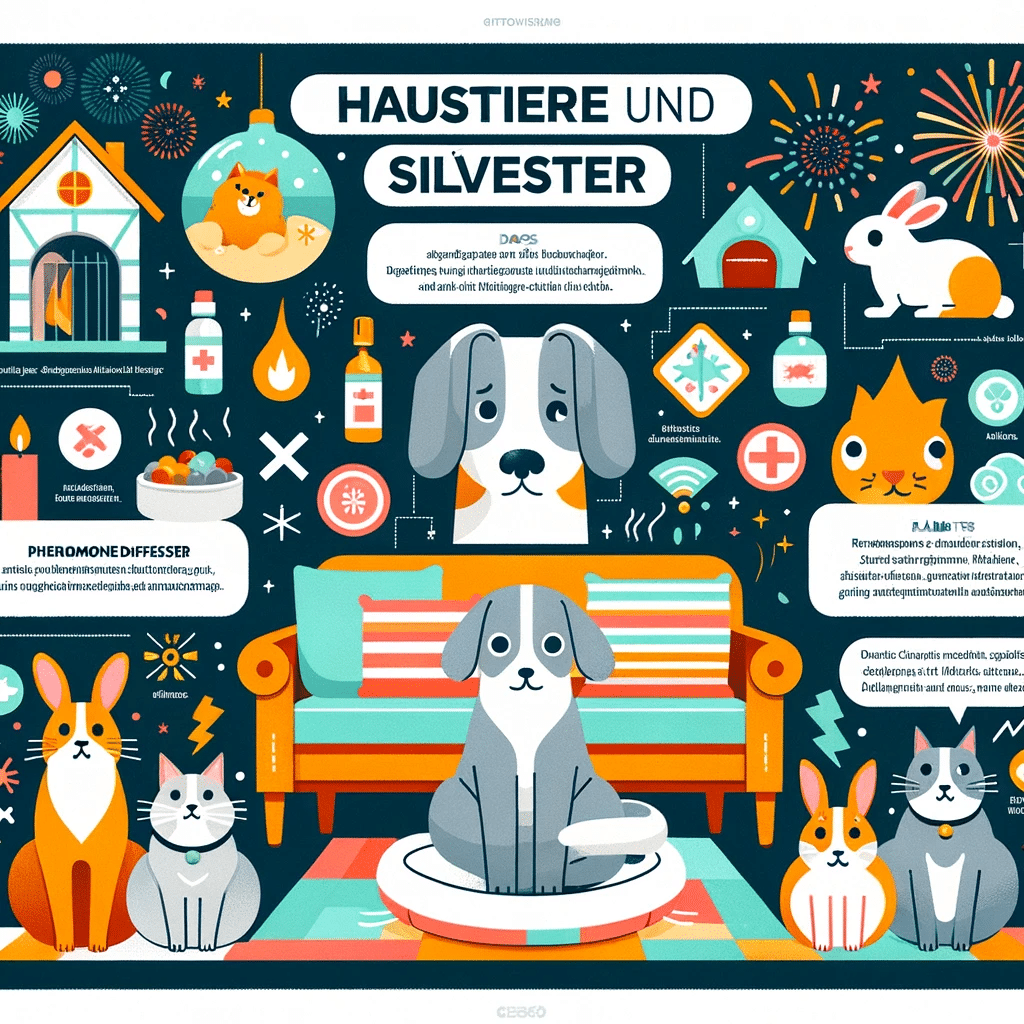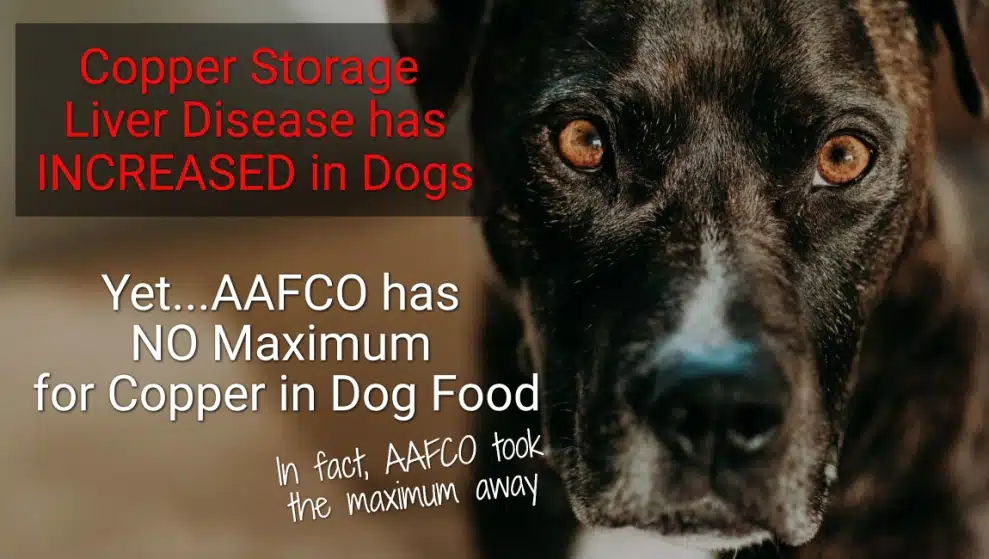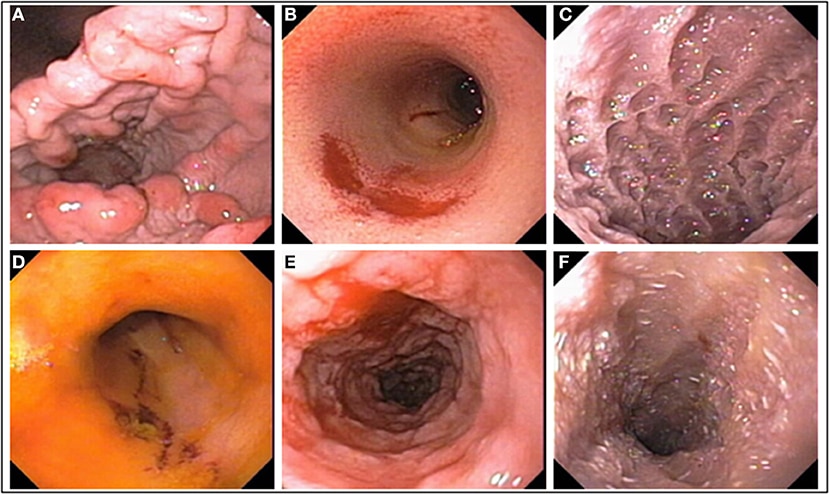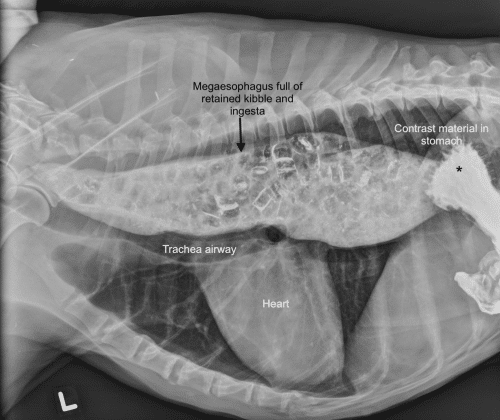Reverse sneezing in dogs
Reverse sneezing, also known as “reverse sneezing,” is a phenomenon that occurs in dogs and often causes concern among dog owners. Although it may sound alarming, in most cases it is harmless. In this article, we explore what reverse sneezing means in dogs, why it happens, which breeds are particularly susceptible, and how you can help your four-legged friend.


